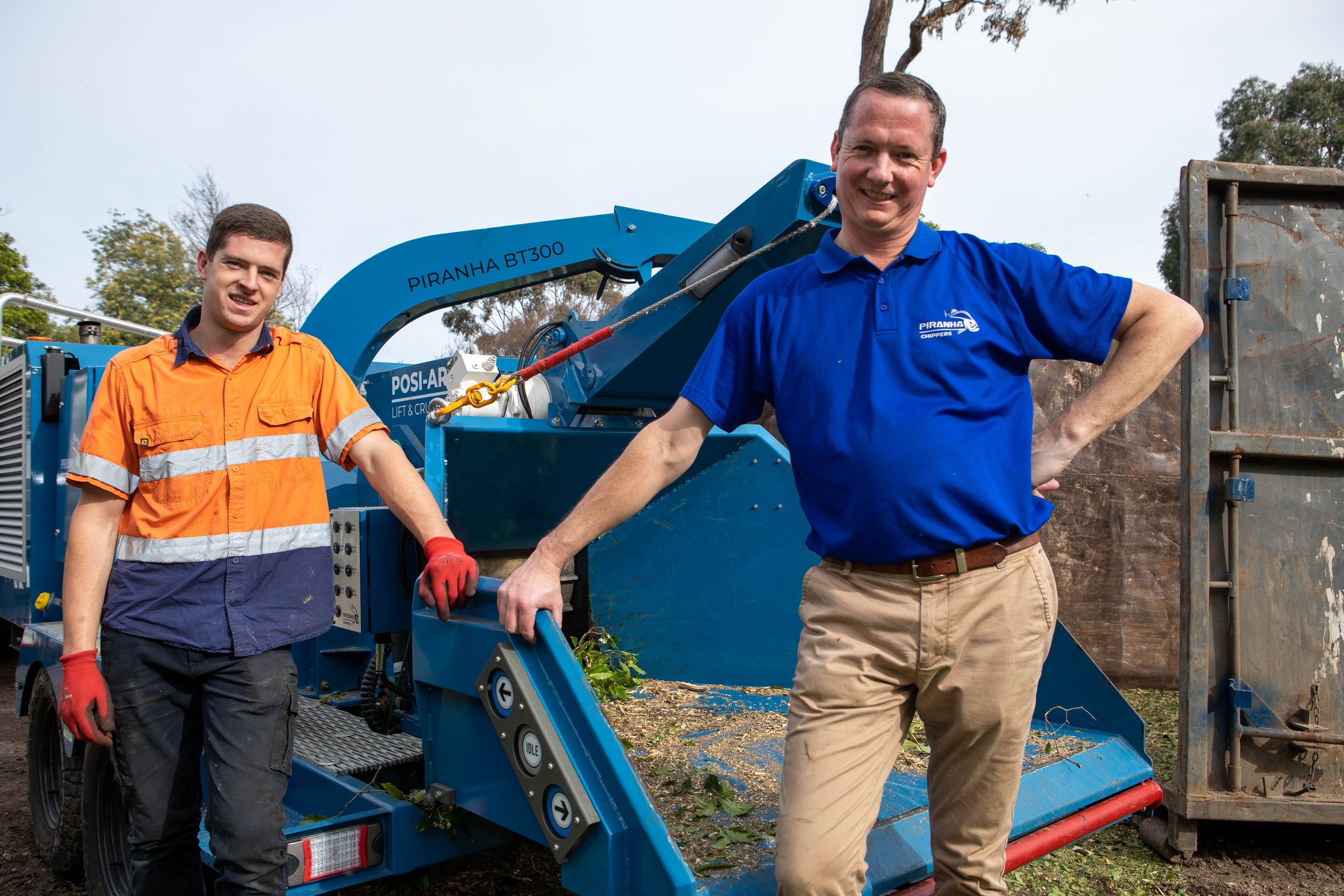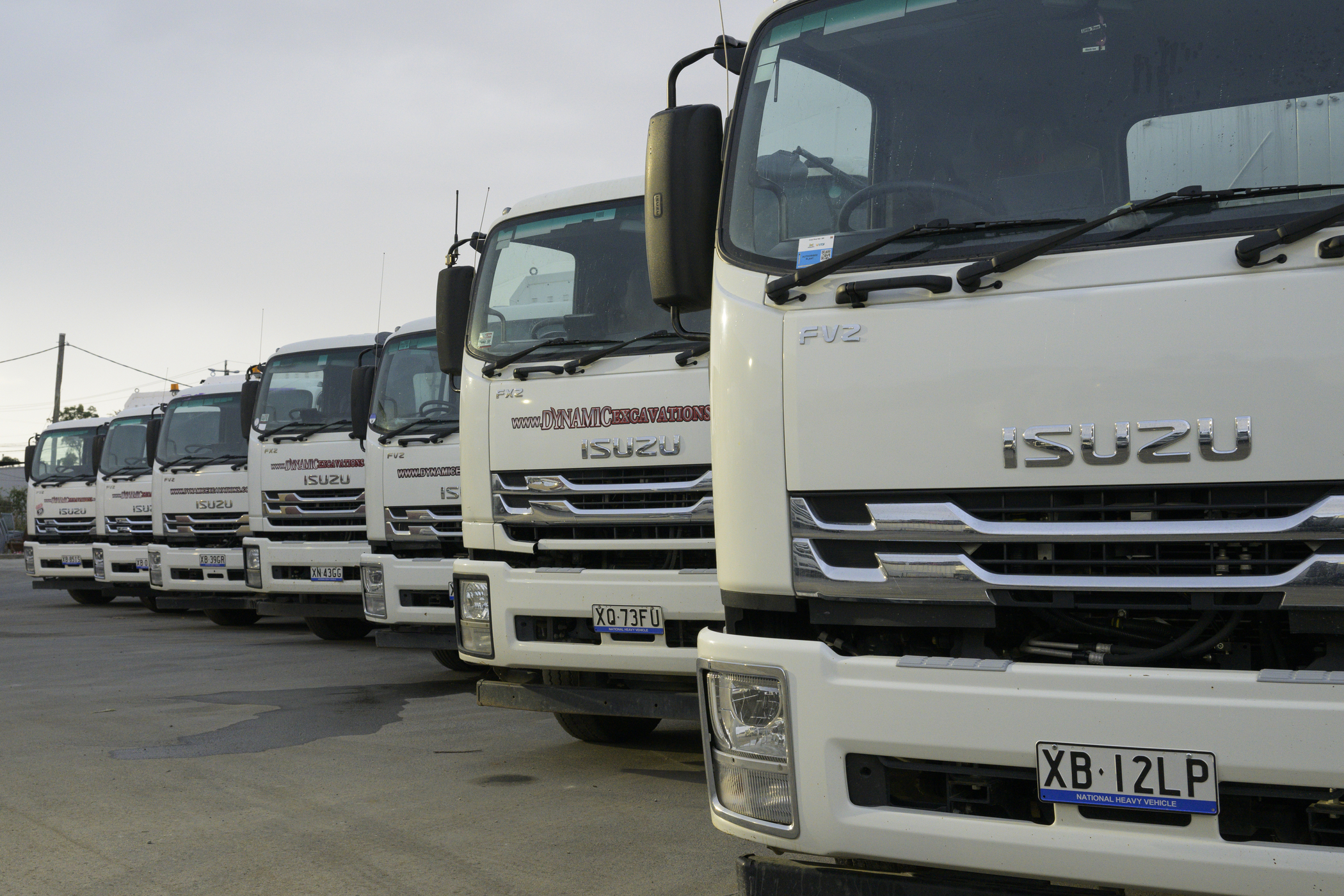The Ins And Outs Of De-Watering

 What is it?
De-watering and construction de-watering are terms used to describe the action of removing surface water or deeper-set ground water from construction sites, mining sites or wherever water lies and isn’t wanted.
Typically, de-watering is undertaken using an ‘open sump pumping’ system and is normally done prior to and throughout the excavation phase of a construction or mining operation. This is to ensure the water table is lowered or diverted before construction such as footings or foundations are excavated and prepared. It also helps to make the surrounding environment more stable and secure for ongoing work.
The term ‘de-watering’ can also refer to the process of extruding water from the soil by ‘wet classification.’ Wet classification is a more scientific process that looks at soil particle sizes on a construction or mining site, and the rate at which water moves through those soil particles.
What is it?
De-watering and construction de-watering are terms used to describe the action of removing surface water or deeper-set ground water from construction sites, mining sites or wherever water lies and isn’t wanted.
Typically, de-watering is undertaken using an ‘open sump pumping’ system and is normally done prior to and throughout the excavation phase of a construction or mining operation. This is to ensure the water table is lowered or diverted before construction such as footings or foundations are excavated and prepared. It also helps to make the surrounding environment more stable and secure for ongoing work.
The term ‘de-watering’ can also refer to the process of extruding water from the soil by ‘wet classification.’ Wet classification is a more scientific process that looks at soil particle sizes on a construction or mining site, and the rate at which water moves through those soil particles.
 Why de-water?
Obviously, water lying stagnant in and around construction site trenches, ditches and footings poses many issues for construction teams and the integrity of their work. If poorly treated, it can cause expensive delays in construction work timetables, and importantly, represents a safety risk to workers on site.
Erosion, seepage and slippage from too much water can create a range of headaches, but if de-watering is not done properly, it too can create its own set of troubles. It is therefore important to follow best practice processes, to ensure a safe and productive site.
Why de-water?
Obviously, water lying stagnant in and around construction site trenches, ditches and footings poses many issues for construction teams and the integrity of their work. If poorly treated, it can cause expensive delays in construction work timetables, and importantly, represents a safety risk to workers on site.
Erosion, seepage and slippage from too much water can create a range of headaches, but if de-watering is not done properly, it too can create its own set of troubles. It is therefore important to follow best practice processes, to ensure a safe and productive site.
 How to de-water
Due to its cost-effective nature, construction de-watering is typically a pump-based process, but can also take the form of siphoning, or using large construction machinery buckets to scoop and dump water from a selected area.
Channels used for de-watering should be protected with linings, and additional protection should be placed to reduce water velocities, minimise erosion and prevent additional erosion at the discharge point.
Perhaps the simplest method of all however, is use of a gravity drain, which employs drainage channels to carry away excess water - to be funnelled to a discharge point.
Pump based de-watering
As mentioned earlier, one of the most common methods of de-watering is the use of a powered, electric pumping system that captures, pumps, then releases excess water to a discharge point nearby.
Most frequently seen in a commercial construction setting, this method often uses a submersible pump head attached to a power unit, or power supply. Depending on the task at hand, the power supply can vary in size, output and quality.
Pump-based de-watering is also commonly powered by a diesel engine. Extremely dependable and often in use where power may be unavailable or unreliable (such as on a remote mine site), diesel powered dewatering is the method of choice for a lot of operators.
Specifying both the right pump size and power allocation can be critical. If a pump is too big and over powered for the job at hand, this can lead to the pump, ‘running on the snore,’ where air is sucked into the pump due to there being insufficient water levels to pump. This can lead to equipment failure (especially if left untreated) and downtime costs.
Get it right
It’s crucial to specify the right equipment, (including the pump head), depending on the cleanliness of the water being discharged. Pump heads range in size and ability, including specific heads that filter and discharge slurry, dirty water and even solids.
Common to this application however is the requirement for pump power sources to be extremely reliable and never stop, under a range of conditions. When job timelines and contractors’ fees are broken down by the hour, a failed pump or power source can bring an entire operation to a standstill, especially during periods of consistent rainfall.
We know that essential power solutions should never stop, regardless of the application, so check out the Isuzu Power Solutions brochure.
How to de-water
Due to its cost-effective nature, construction de-watering is typically a pump-based process, but can also take the form of siphoning, or using large construction machinery buckets to scoop and dump water from a selected area.
Channels used for de-watering should be protected with linings, and additional protection should be placed to reduce water velocities, minimise erosion and prevent additional erosion at the discharge point.
Perhaps the simplest method of all however, is use of a gravity drain, which employs drainage channels to carry away excess water - to be funnelled to a discharge point.
Pump based de-watering
As mentioned earlier, one of the most common methods of de-watering is the use of a powered, electric pumping system that captures, pumps, then releases excess water to a discharge point nearby.
Most frequently seen in a commercial construction setting, this method often uses a submersible pump head attached to a power unit, or power supply. Depending on the task at hand, the power supply can vary in size, output and quality.
Pump-based de-watering is also commonly powered by a diesel engine. Extremely dependable and often in use where power may be unavailable or unreliable (such as on a remote mine site), diesel powered dewatering is the method of choice for a lot of operators.
Specifying both the right pump size and power allocation can be critical. If a pump is too big and over powered for the job at hand, this can lead to the pump, ‘running on the snore,’ where air is sucked into the pump due to there being insufficient water levels to pump. This can lead to equipment failure (especially if left untreated) and downtime costs.
Get it right
It’s crucial to specify the right equipment, (including the pump head), depending on the cleanliness of the water being discharged. Pump heads range in size and ability, including specific heads that filter and discharge slurry, dirty water and even solids.
Common to this application however is the requirement for pump power sources to be extremely reliable and never stop, under a range of conditions. When job timelines and contractors’ fees are broken down by the hour, a failed pump or power source can bring an entire operation to a standstill, especially during periods of consistent rainfall.
We know that essential power solutions should never stop, regardless of the application, so check out the Isuzu Power Solutions brochure.



Lead the charge with Australia’s favourite truck.
2025 heralds Isuzu Trucks’ 36th year as market leader.* Number one in more than just sales, though, Isuzu Trucks has an unparalleled dealer support network, customer care program, truck range, and legendary reliability. To get behind the wheel of a winner, get into your nearest Isuzu Trucks Dealer now or visit isuzu.com.au
Learn More



